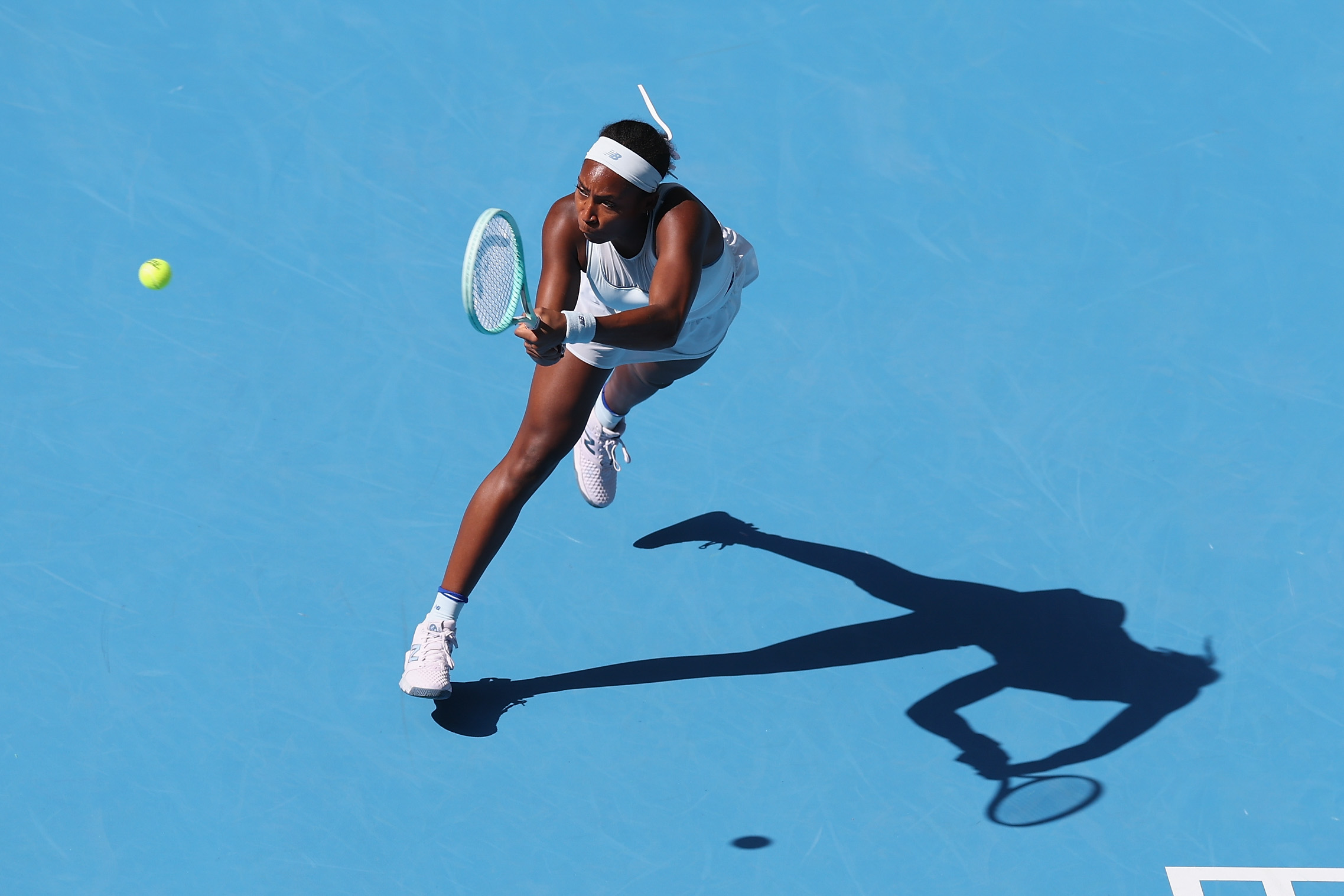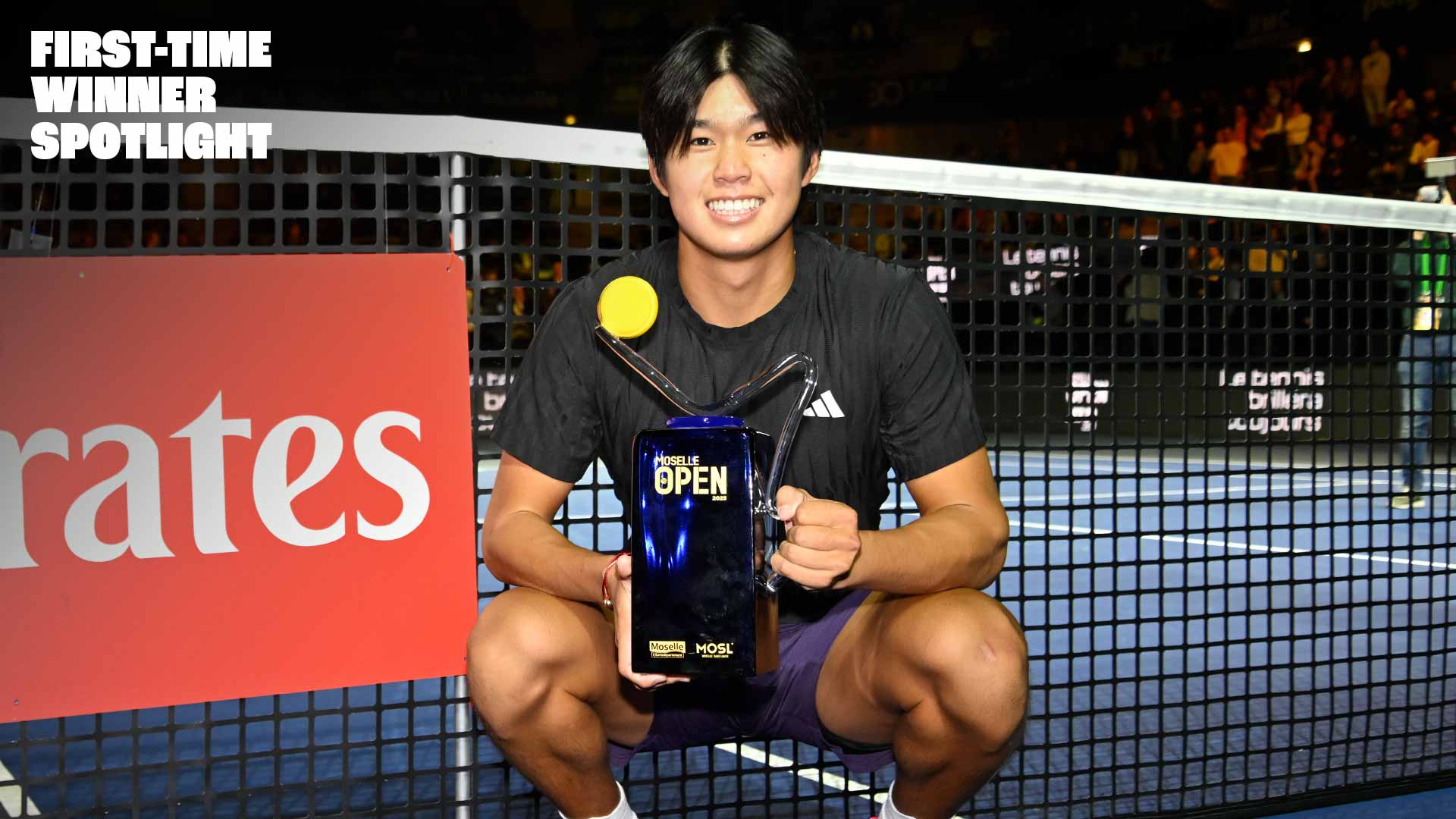Beijing resilience: Gauff turns a tightrope into a runway and books Finals spot
Coco Gauff’s 4-6, 7-6(4), 6-2 win over Belinda Bencic featured momentum swings, a timely tiebreak, and a clinical decider. The payoff: a third straight China Open quarterfinal and qualification for the 2025 WTA Finals.

It began like a sprint, swerved into a chess match, and ended as a procession. On September 30, Coco Gauff outlasted Belinda Bencic 4-6, 7-6(4), 6-2 in Beijing, a result that kept her China Open title defense on course and pushed her into another quarterfinal at a venue that increasingly fits her game.
The contours were stark. Gauff raced to 4-1 with superior first-strike clarity, then Bencic reeled off five straight games for 6-4, reading serve patterns and striking on the rise. Set two swung again: the American trailed, steadied through longer exchanges, finally leveled at 4-all despite a 1-for-8 start on break points, and then clawed through a 7-6(4) tiebreak. From there, the scoreboard sped up—6-2—once Gauff took away Bencic’s preferred early contact.
Per WTA reporting, Gauff framed the match as a mental test as much as a tactical one, acknowledging the edgy first set and the opponent’s initiative.
I had chances in the first set to close it out, but overall I’m happy with how I fought. She was being really aggressive.
According to tour updates, the victory also sealed her return to the season finale in 2025, a milestone she was quick to welcome.
I’m happy to be back in Riyadh and I’m glad I was able to qualify here.
GAUFF GETS IT DONE 💪@CocoGauff completes the comeback against Bencic over three sets, 4-6, 7-6, 6-2 👏#2025ChinaOpen pic.twitter.com/4wVgVFSXb0
— wta (@WTA) September 30, 2025
What changed when it mattered
For a set and a half, Bencic’s blueprint did damage: squeeze time, take the ball early, and redirect down-the-line to drag Gauff off balance. The Swiss player knifed backhands cleanly and surprised with forehand changes of direction, using the crosscourt lane to set up court-opening strikes. The inflection came when Gauff raised rally height and varied spin, mixing in the occasional forehand underspin and committing to heavier backhand crosscourt patterns that pinned Bencic outside the doubles alley.
The second-set tiebreak and the first three games of the decider illustrated the shift. Gauff deployed the inside-out forehand as a positional tool rather than a finisher, pairing it with timely backhand down-the-line redirections once Bencic’s contact points drifted a fraction late. With geometry rebuilt around depth and width, the longer exchanges tipped one way, and the return games finally yielded the separation the rallies had been hinting at.
Biomechanics under control
Mechanically, Gauff’s serve improved as the match aged. She located more first balls into the backhand corner and into the body, creating jammed returns that denied Bencic’s step-in rhythm. Her forehand spacing—often the bellwether—tightened with a slightly earlier set of the racquet head, enabling safer crosscourt net clearance and confident inside-in finishes when space opened. Those subtle choices re-established margin after the anxious patch at 4-1 up in the opener.
Bencic’s on-the-rise footwork is among the tour’s cleanest, especially off the backhand where she can flatten down-the-line without much tell. But once return targets varied and rally height increased through the middle third, she was forced to lift more and flatten less, ceding the half-step that turns Gauff’s defense into offense.
The numbers that explain the feel
Per match notes, the result pushes Gauff ahead in the rivalry at 4-2, with three wins posted this season. The tiebreak profile tells a similar story: she came in 9-5 in breakers this year while Bencic was 9-4, and she flipped a mini-break to take the second set 7-6(4). Add the 6-2 closer and you get another line on a robust deciding-set résumé: Gauff is 12-2 in three-set wins this season.
Beijing has become a steady drumbeat. According to tournament records, Gauff is the youngest to post 9 consecutive wins at the China Open since its 2004 start and the youngest to have played 14 matches, winning 13 of them, with three quarterfinals already in the books. Those are more than age markers; they map a player who has learned how to build weeks in this environment.
Zooming out to the broader map reinforces the trend. Since 2023, she has logged 16 tour-level victories on Chinese courts—second to Zheng Qinwen’s 17 in that span—suggesting that her north-south movement and elastic defense translate especially well on these outdoor hard courts. She is 21, and the statistical profile resembles a veteran’s: disciplined 1–2 point construction, improved tiebreak conversion, and the capacity to reset a match’s geometry without drifting into low-percentage bailouts.
Point construction and risk management
Two sequences defined the pivot. First, at 4-5 in set two, Gauff widened the court with the inside-out forehand, then cut behind with inside-in variations as Bencic shaded toward the open lane. This was not about outright pace; it was about stretching the contact window. Second, early in set three, she leaned into height and depth, forcing Bencic to change direction from increasingly compromised positions. By then, Gauff’s returns to the body and backhand corner had removed the Swiss player’s on-the-rise comfort, lowering her first-strike redirection rate.
Equally decisive was the return patterning in deuce-adjacent moments—aiming body first, then feathering wide—to prevent those clean early backhand takes. The payoff arrived in incremental errors rather than flashy winners, the hallmark of a player willing to let geometry do the heavy lifting.
Context that travels
Per event media, this was Gauff’s third win over Bencic in 2025, mirroring a trio of victories over Leylah Fernandez across the season; tellingly, the third of each sequence aligned with those opponents’ exits from Beijing. The quarterfinal brings a new look: a first meeting here with Eva Lys, who likes to step inside on the second serve and take time away with compact entries off the backhand.
Expect Gauff to probe with early depth and shape, again building off the backhand crosscourt to open forehand lanes. If Lys succeeds in accelerating tempo, the countermeasure will be pragmatic: locate the first ball into the body to shrink swing space, then slide rallies toward the corners. It is less about immediate finishing and more about relocating the exchange away from the opponent’s on-the-rise strike zone.
Seasonal calculus and the calendar
With the year-end berth secured for 2025, the remaining Beijing steps still matter for seeding and rhythm. The decider against Bencic—shorter points behind better first balls, cleaner spacing, fewer rushed decisions—offers a template for the compressed recovery windows typical of this event’s back half.
The broader schedule provides perspective. The Grand Slam bookends await next year, from the Australian fortnight on January 12–26, to Roland Garros across May 19–June 8, into Wimbledon’s June 30–July 13 stretch, and the U.S. Open from August 18–September 8. What carried here—patient width, selective aggression, and 1–2 clarity—tends to scale when the margins tighten.
Follow the week
For real-time tracking as the quarterfinal grid hardens, check live Scores, updated Draws, and the daily Order of play. The texture of this run—9-5 in tiebreaks, 12-2 in three-setters, nine straight wins at one venue since the 2004 benchmark—matches the eye test from today’s closing hour: once Gauff found height, depth, and forehand spacing, the geometry belonged to her.
The ending image lingers because it is repeatable. When the ball climbed and the court opened, she chose patterns that travel: inside-out to move, inside-in to finish, backhand crosscourt to stabilize, down-the-line to press. Those margins—small on paper, large in feel—explain why this 4-6, 7-6(4), 6-2 reads less as a great escape than as a mid-match negotiation that she won with clarity.


